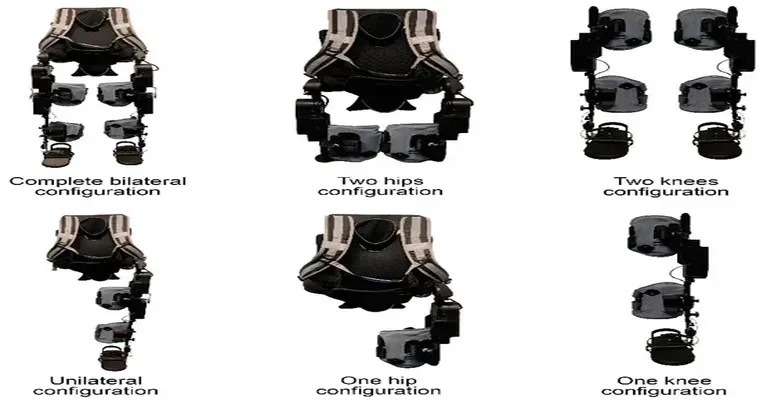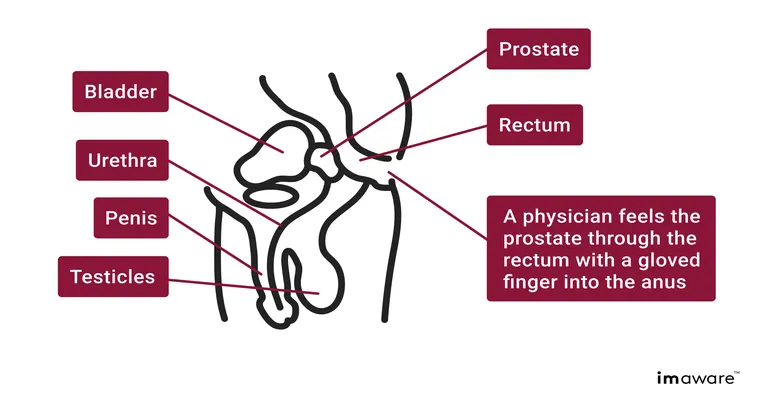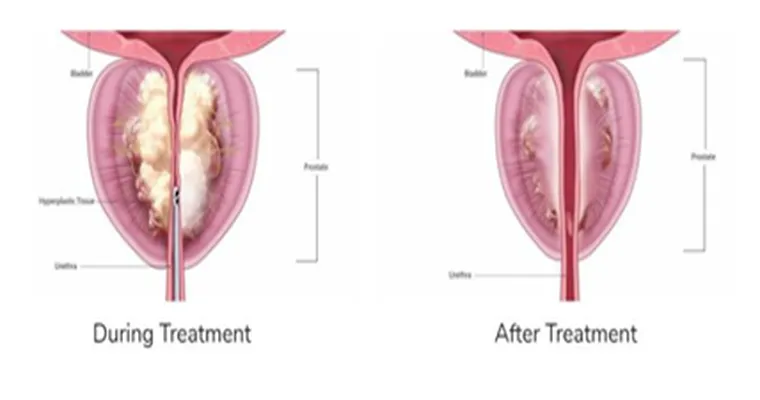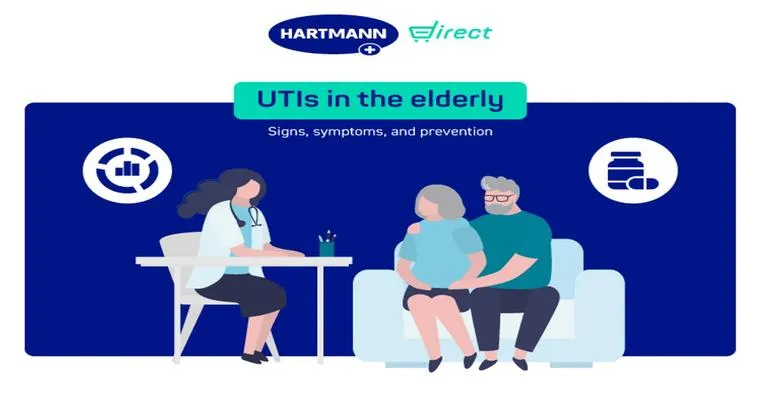In recent years, "exoskeleton devices" have emerged as groundbreaking technology for individuals with mobility challenges, particularly for "stroke survivors" and those with "spinal cord injuries". These innovative devices, now "FDA/Medicare approved", offer a new lease on life, allowing users to regain the ability to walk, stand, and improve their overall quality of life. As more individuals begin to use these devices, many are left asking: does anyone have experience using the new exoskeleton devices for walking?
Exoskeletons are wearable robotic suits designed to assist individuals with limited mobility. They work by providing support and enhancing the user’s ability to walk, making them invaluable for rehabilitation. The recent FDA approval signifies that these devices meet stringent safety and effectiveness standards, while Medicare coverage ensures that eligible patients can access this transformative technology.
Benefits of Exoskeleton Devices
The benefits of using exoskeleton devices extend beyond mere mobility. For stroke survivors and individuals with spinal cord injuries, these devices provide:
1. "Improved Mobility": Users can regain the ability to walk, which can significantly enhance their independence.
2. "Enhanced Rehabilitation": Exoskeletons facilitate physical therapy by allowing users to practice walking in a controlled environment, leading to better outcomes.
3. "Physical Health Improvements": Regular use can help reduce the risk of secondary complications, such as pressure sores and muscle atrophy.
4. "Psychological Benefits": The ability to stand and walk can boost self-esteem and encourage social interaction.
Real-Life Experiences
Many users of exoskeleton devices have shared their experiences, highlighting both challenges and triumphs. For stroke survivors, the initial use of an exoskeleton may require a period of adjustment. Users often report a steep learning curve, as coordinating movements with the device can be challenging. However, with practice, many find that they can achieve a semblance of normal walking, which can be incredibly rewarding.
Patients with spinal cord injuries have also voiced positive experiences. Many report feeling a sense of freedom and empowerment when using exoskeletons, as these devices allow them to stand tall and engage with their environment in ways they hadn’t been able to for years.
Considerations for Potential Users
While exoskeleton devices offer numerous advantages, potential users should consider a few factors before starting their journey:
1. "Cost and Insurance Coverage": While Medicare does cover some costs associated with exoskeletons, it is essential to verify coverage details and any out-of-pocket expenses.
2. "Training and Support": Users will require training to operate the device effectively, which may involve physical therapists or specialized trainers.
3. "Individual Needs": Not every exoskeleton is suitable for all users. Individual assessments are crucial to determine the most appropriate device.
Conclusion
The advent of "exoskeleton devices" represents a significant advancement in the treatment and rehabilitation of "stroke survivors" and individuals with "spinal cord injuries". With FDA and Medicare approval, these devices are becoming increasingly accessible, offering hope and improved quality of life for many. If you or someone you know is considering using an exoskeleton, connecting with others who have experience can provide invaluable insights and encouragement. The journey to mobility is now more attainable than ever, and these devices are leading the way.





